Thanks to Dr. Allen Sanborn for identifying the images in this gallery.
Designed by Paul Smith 2006. This website is copyrighted by law. Material contained herewith may not be used without the prior written permission of FAUNA Paraguay. Photographs on this web-site were taken by Paul Smith, Regis Nossent and Alberto Esquivel and are used with their permission.
Click on the images to enlarge them.
FIGURE 1 - Carineta diardi (Guérin-Méleville 1829)., PROCOSARA, PN San Rafael (Alberto Esquivel undated).
FIGURE 2 - Carineta sp, Encarnación, Departamento Itapúa (Paul Smith December 2009).
FIGURE 3 - Carineta sp, Encarnación, Departamento Itapúa (Paul Smith December 2009).
FIGURE 4 - Chonosia crassipennis (Walker 1858), PN Tte Enciso, Departamento Boquerón (Paul Smith October 2007). This represents the first record for Paraguay
Call of Chonosia crassipennis PN Tte Enciso, Departamento Boquerón (Paul Smith October 2007).
Click the link to hear the call.
FIGURE 5 - Quesada gigas (Olivier, 1790)., Encarnación, Departamento Itapúa (Paul Smith December 2007).
Call of Quesada gigas Encarnación, Departamento Itapúa (Paul Smith December 2007).
Click the link to hear the call.
FIGURE 6 - Quesada gigas recently emerged, Encarnación, Departamento Itapúa (Paul Smith January 2008).
FIGURE 7 - Empty larval case of Quesada gigas, Encarnación, Departamento Itapúa (Paul Smith December 2007).
FIGURE 8 - Empty larval case of unidentified sp., Hotel Tirol, Departamento Itapúa (Regis Nossent June 2005).
er 2007).
FIGURE 9 - Fidicina torresi Boulard & Martinelli, 1996, Encarnación, Departamento Itapúa (Paul Smith December 2007).
Call of Fidicina torresi Encarnación, Departamento Itapúa (Paul Smith December 2007).
Click the link to hear the call.
FIGURE 10 - Unidentified sp, Estancia Laguna Blanca, Departamento San Pedro (Paul Smith February 2010).
FIGURE 11 - Unidentified sp, Encarnación, Departamento Itapúa (Paul Smith March 2011).
FIGURE 12 - Unidentified sp, PN Tte Enciso, Departamento Boquerón (Paul Smith April 2011).
Call of Unidentified cicada Encarnación, Departamento Itapúa (Paul Smith December 2007).
Click the link to hear the call.
CICADIDAE: CICADAS
Often large, but always distinctive, cicadas are an unmissable presence on summer nights on account of their loud chirping "songs". They have a large, blunt head and usually conspicuous and transparent wings. Many species are cryptically-coloured and sit motionless on tree trunks where they can be difficult to see, but a few species are beautifully ornate in colouration. Eyes are compound and the antennae are short and bristle-like. When at rest the wings are held tent-like over the body. The longitudinal wing veins join before reaching the wing edge so that the margin is long and veinless. The forelegs are often modified and equipped with tooth-like projections. Adults and nymphs are sap feeders. Females use the stout ovipositor to lay eggs in slits sliced into twigs of host plants. Freshly-hatched juveniles fall or crawl to the ground and burrow deep into the earth where they feed on root sap. The front legs of nymphs are modified for digging and they undergo several moults whilst underground - a process that takes several years. Emergence may be synchronised with millions of individuals emerging together, a tactic designed to overwhelm predators that would otherwise kill many more. Empty instar cases are left clinging to the bark of trees after the adult has departed.
Cicada songs are species specific and designed to attract a mate. Both sexes have hearing organs located at the base of the abdomen, but males also have sound producing "tymbal organs" located at the sides of the first abdominal segment. A membrane, protected by a cuticular plate, vibrates rapidly as a result of muscular movements and produces a buzzing sound which resonates in large abdominal air sacs. Cicadas generally produce choruses at twilight, and the effect can be deafening, but some species also "sing" during the day.
Dr Allen Sanborn recently published a review of the Cicadas of Paraguay documenting 22 species as present in the country. Click on the link below to download the complete publication.
Sanborn AF 2011 - Checklist of the cicadas (Insecta: Hemiptera: Cicadidae) of Paraguay including new records for six species - Checklist 7: p465-467.
Checklist of the Cicadas of Paraguay (from Sanborn 2011)
Cicadinae Latrielle, 1802
Zammarini Distant, 1905
Zammara tympanum (Fabricius, 1803)
Fidicinini Distant, 1905
Fidicina mannifera (Fabricius, 1803)
Fidicina torresi Boulard and Martinelli, 1996
Fidicina vitellina Jacobi, 1904
Guyalnina Boulard and Martinelli, 1996
Proarna dactyliophora Berg, 1879
Proarna praegracilis Berg, 1881
Prasinosoma heidemanni (Distant, 1905)
Dorisiana drewseni (Stål, 1854)
Dorisiana semilata (Walker, 1850)
Dorisiana viridis (Olivier, 1790)
Ariasa nigrovittata Distant, 1905
Guyalna bonaerensis (Berg, 1879)
Hyantiini Distant, 1905
Quesada gigas (Olivier, 1790)
Cicadettinae Buckton, 1889
Carinetini Distant, 1905
Carineta cingenda Distant, 1883
Carineta diardi (Guérin-Méneville, 1829)
Carineta fasciculata (Germar, 1821)
Carineta maculosa Torres, 1948
Carineta submarginata Walker, 1850
Carineta viridicollis (Germar, 1830)
Guaranisaria dissimilis Distant, 1905
Tibicininae Distant, 1905
Tettigadini Distant, 1905
Chonosia crassipennis (Walker, 1858)
Tibicinini Distant, 1905
Ahomana neotropicalis Distant, 1905
Online resources
Cicada Mania www.cicadamania.com
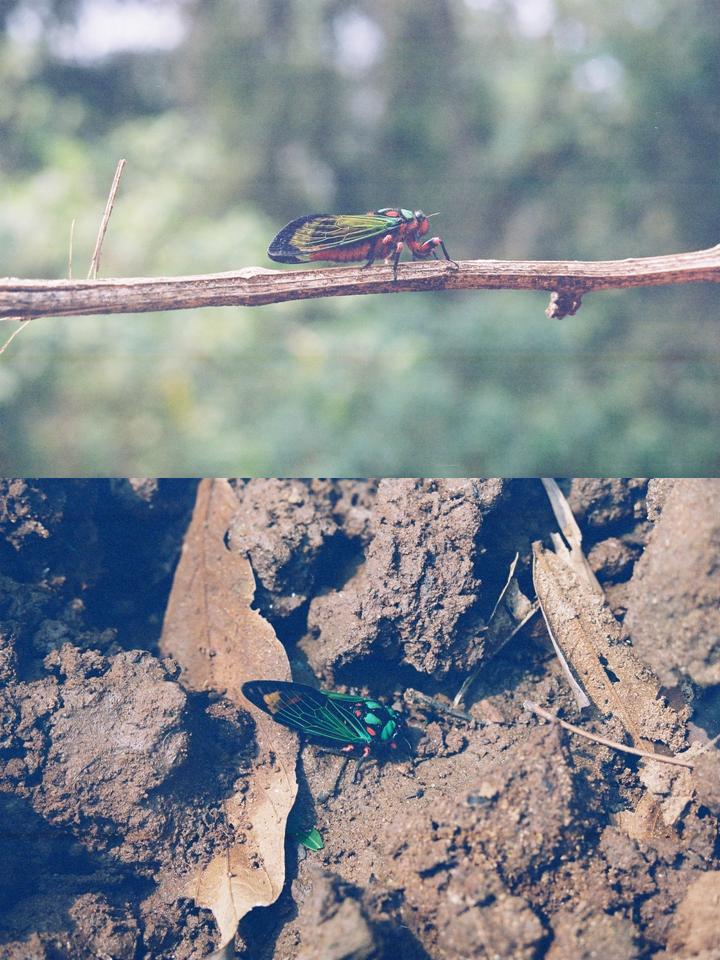
|
|
FIGURE 1
|
|
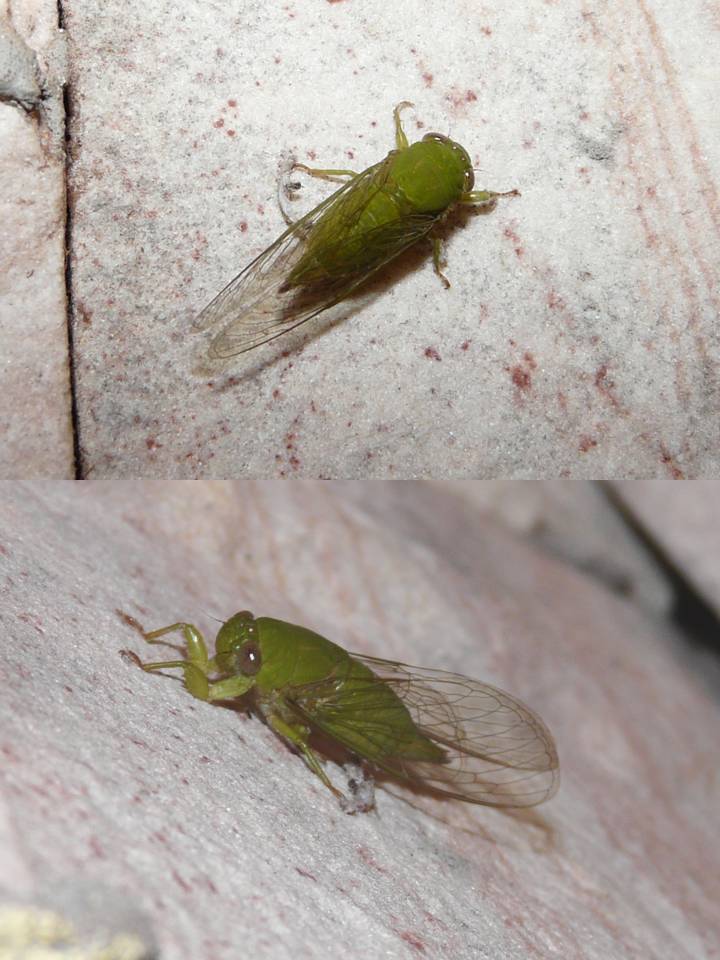
|
|
FIGURE 2
|
|
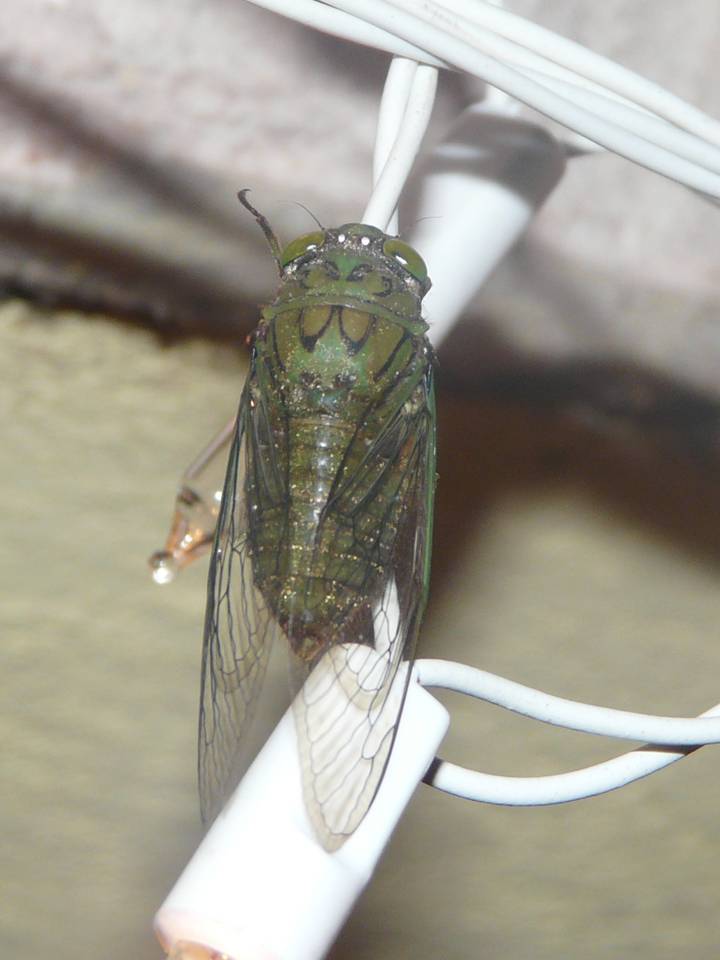
|
|
FIGURE 3
|
|
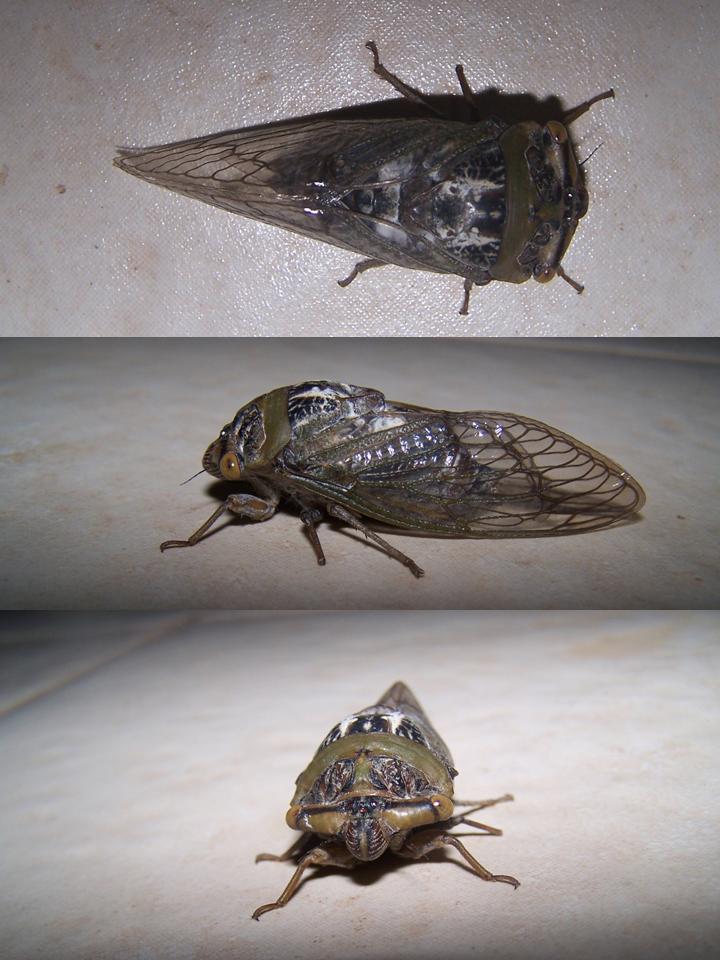
|
|
FIGURE 4
|
|
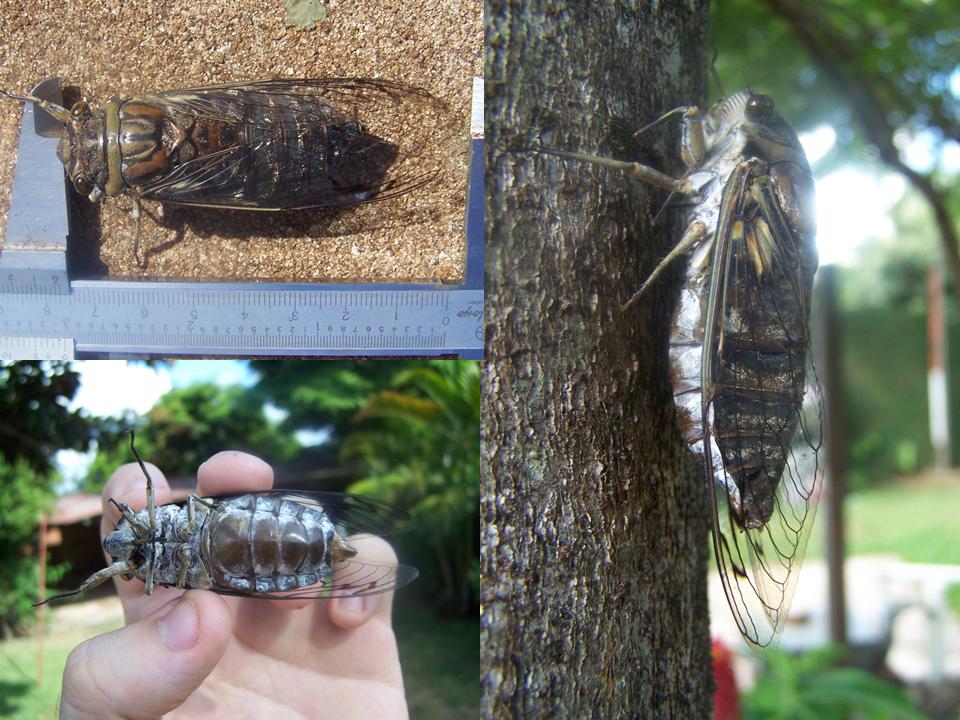
|
|
FIGURE 5
|
|
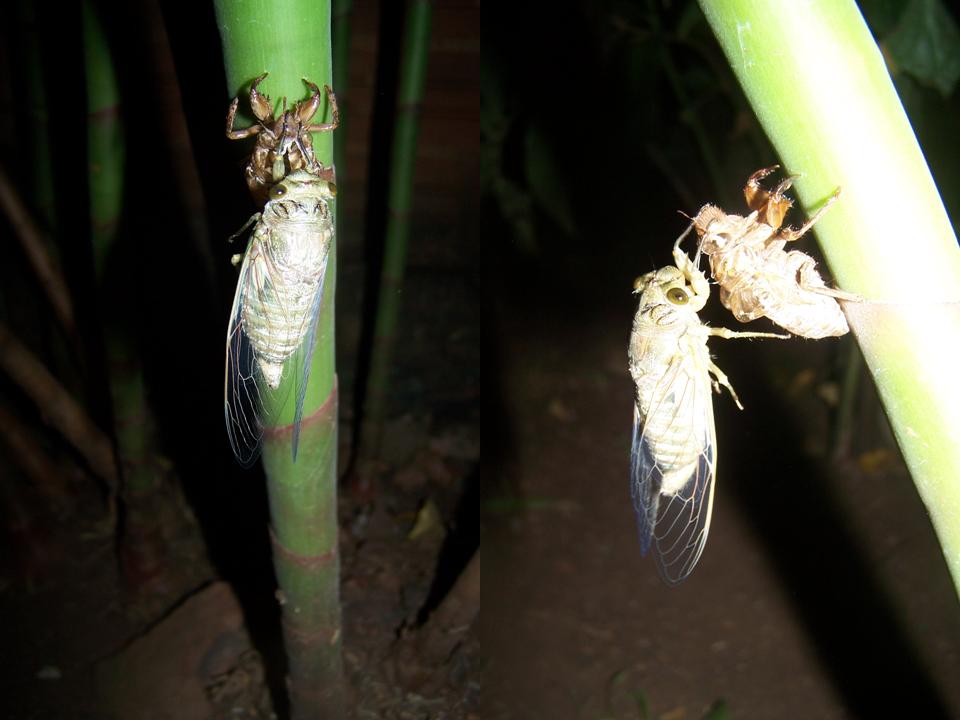
|
|
FIGURE 6
|
|
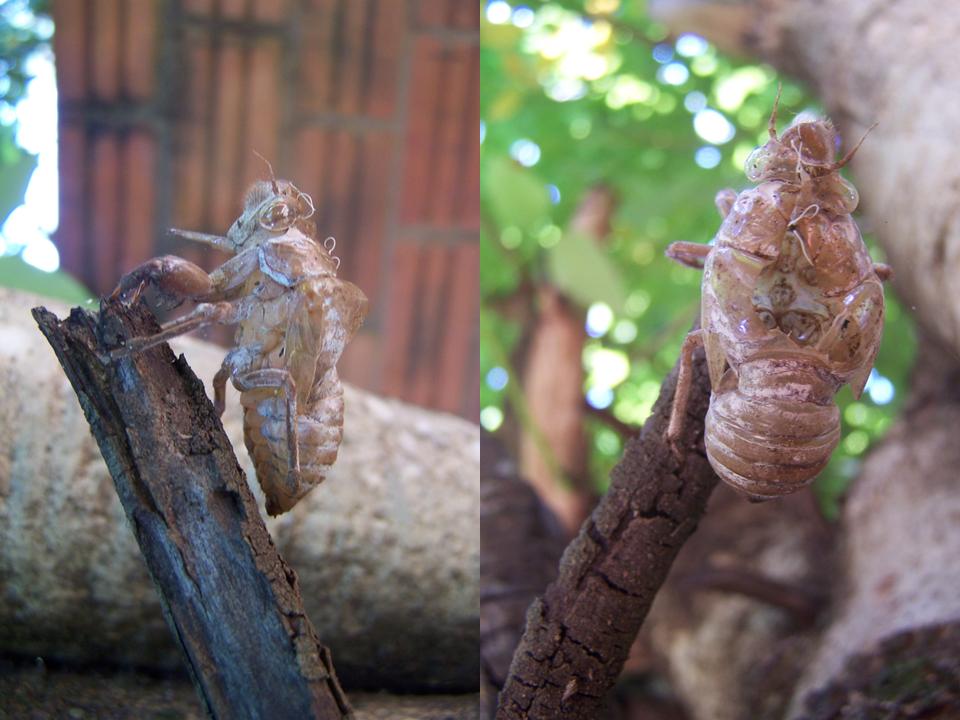
|
|
FIGURE 7
|
|
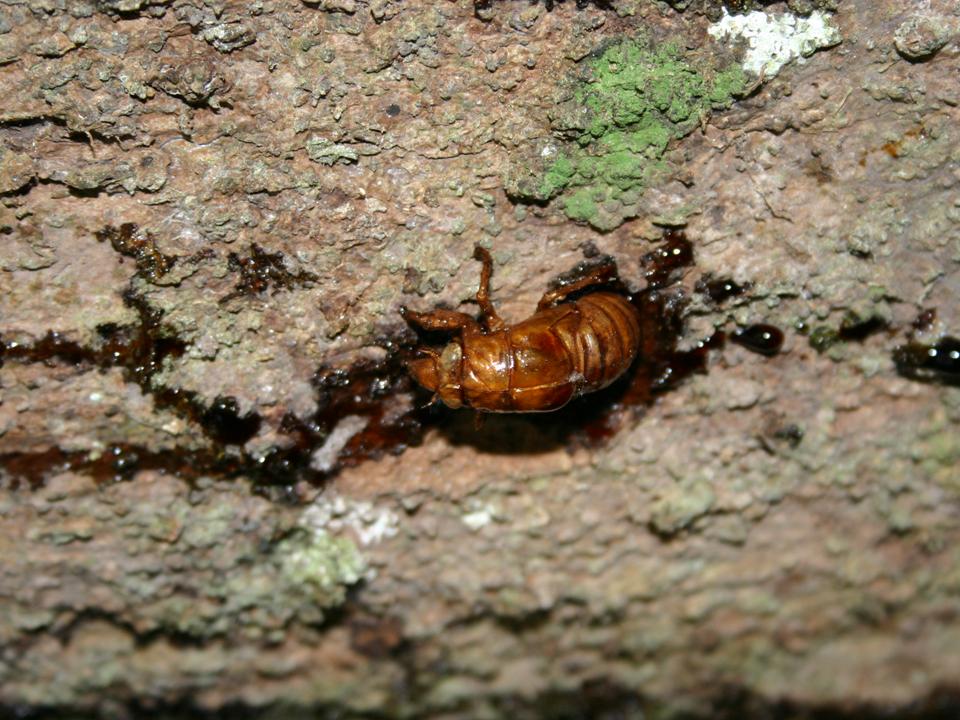
|
|
FIGURE 8
|
|
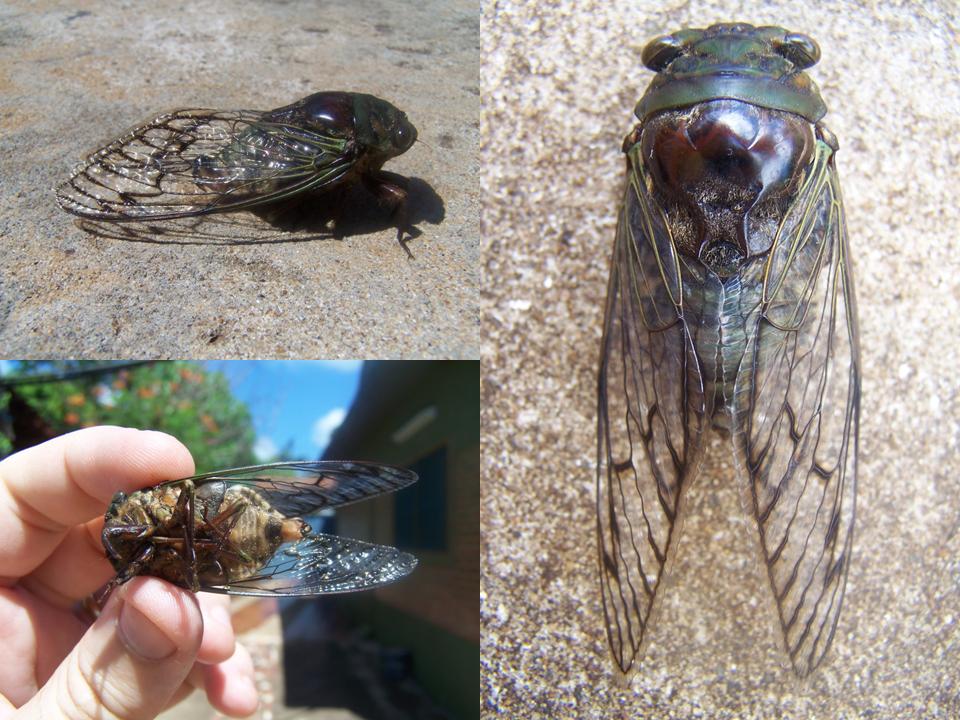
|
|
FIGURE 9
|
|
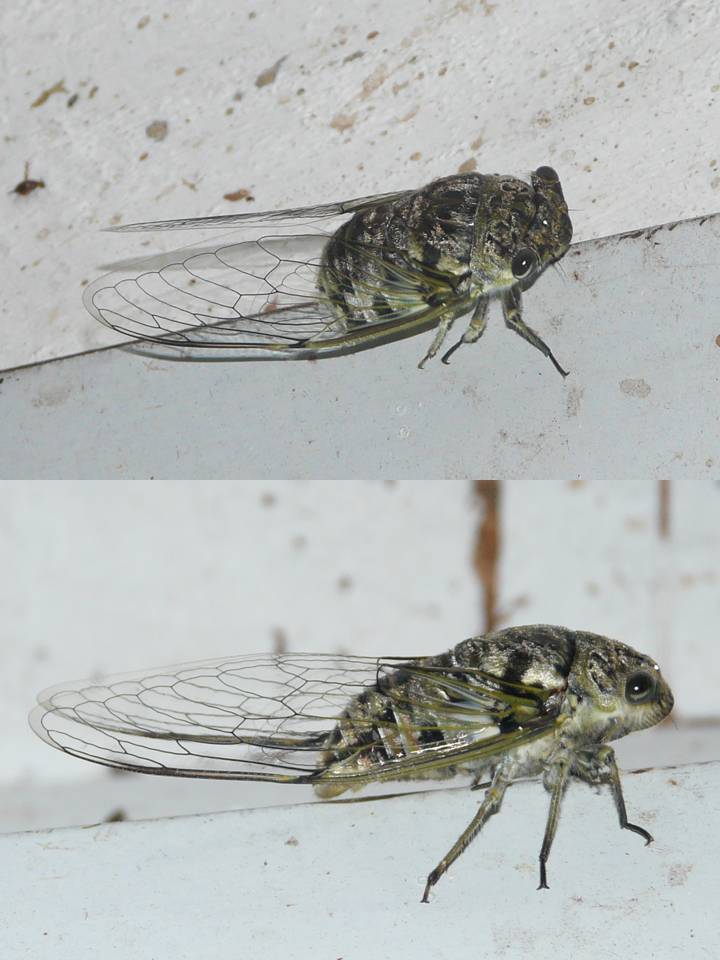
|
|
FIGURE 10
|
|
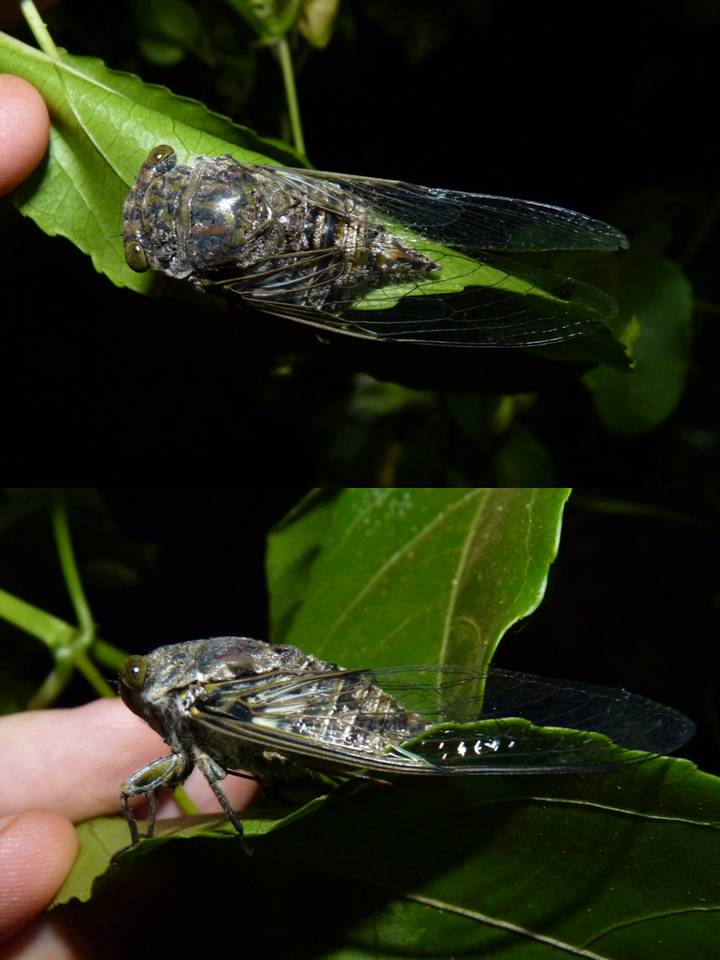
|
|
FIGURE 11
|
|
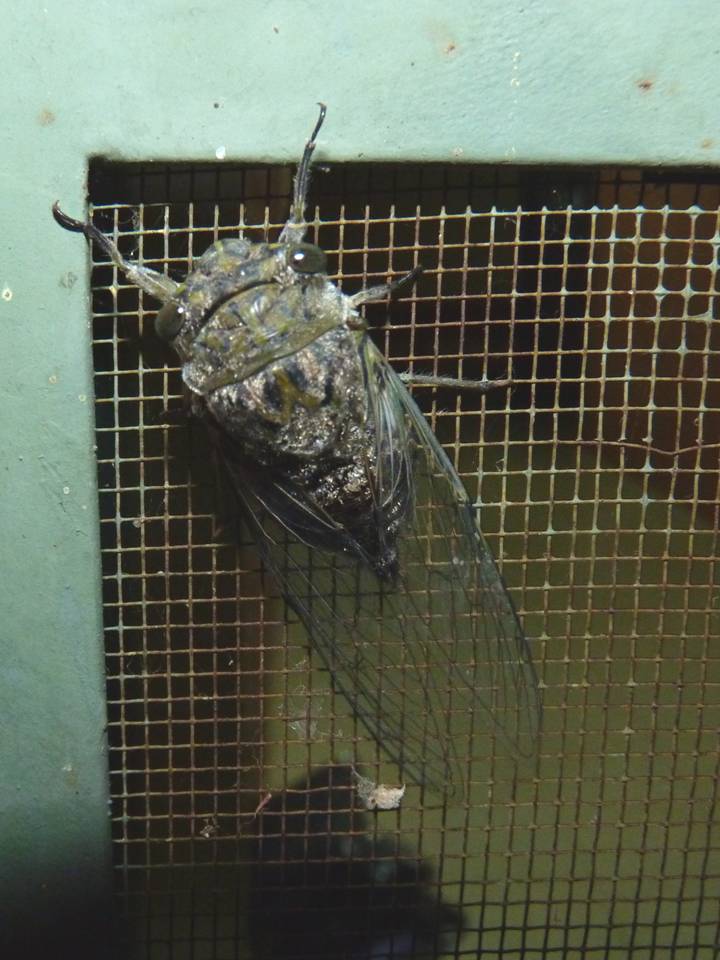
|
|
FIGURE 12
|
|


